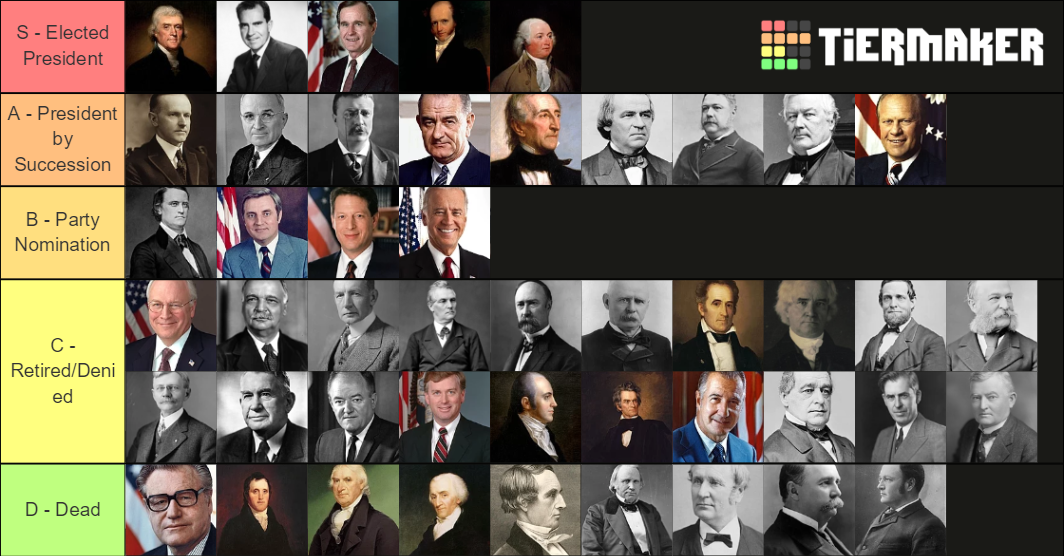how many vps have been elected president

Have you ever wondered how many Vice Presidents of the United States have ascended to the highest office in the nation? In this blog article, we will delve into the intriguing history of Vice Presidents becoming Presidents. From the early days of the republic to recent times, we will explore the unique instances where Vice Presidents stepped into the top leadership role. This comprehensive analysis aims to shed light on this fascinating political phenomenon.
Over the course of American history, there have been several Vice Presidents who have gone on to assume the presidency. Each of these instances has its own unique circumstances and significance. Join us as we take a closer look at the Vice Presidents who made this leap and the impact they had on the nation.
1. John Adams (1797-1801)
Summary: John Adams, the first Vice President of the United States under George Washington's administration, became the second President of the United States after serving as Vice President for eight years. Explore the political landscape during his tenure and the challenges he faced as the nation's second President.
2. Thomas Jefferson (1801-1809)
Summary: Thomas Jefferson, the Vice President to John Adams, secured his place in history as the third President of the United States. Discover the legacy he left behind and how his presidency shaped the young nation.
3. Martin Van Buren (1837-1841)
Summary: Martin Van Buren, Vice President to Andrew Jackson, became the eighth President of the United States. Uncover the political climate during his presidency and the key events that marked his term in office.
4. John Tyler (1841-1845)
Summary: John Tyler, Vice President under William Henry Harrison, assumed the presidency after Harrison's untimely death. Learn about the challenges Tyler faced during his presidency and the impact he had on the country.
5. Millard Fillmore (1850-1853)
Summary: Millard Fillmore, Vice President to Zachary Taylor, rose to the presidency upon Taylor's death. Discover the significant events that took place during his presidency and the policies he implemented.
6. Andrew Johnson (1865-1869)
Summary: Andrew Johnson, Vice President under Abraham Lincoln, became the 17th President of the United States following Lincoln's assassination. Dive into the turbulent era of Reconstruction and Johnson's role in shaping the nation's future.
7. Theodore Roosevelt (1901-1909)
Summary: Theodore Roosevelt, Vice President to William McKinley, assumed the presidency after McKinley's assassination. Explore Roosevelt's progressive policies and his impact on domestic and foreign affairs.
8. Calvin Coolidge (1923-1929)
Summary: Calvin Coolidge, Vice President to Warren G. Harding, became the 30th President of the United States following Harding's sudden death. Learn about Coolidge's presidency and his conservative approach to governance.
9. Harry S. Truman (1945-1953)
Summary: Harry S. Truman, Vice President to Franklin D. Roosevelt, took office upon Roosevelt's death in the final stages of World War II. Examine Truman's presidency, including the decision to drop atomic bombs and the post-war challenges he faced.
10. Lyndon B. Johnson (1963-1969)
Summary: Lyndon B. Johnson, Vice President to John F. Kennedy, became the 36th President of the United States after Kennedy's tragic assassination. Discover Johnson's transformative domestic policies and the tumultuous era of the Vietnam War.
In conclusion, the journey from Vice President to President is a rare occurrence in American politics, but it has shaped the course of the nation's history. Understanding the unique circumstances and challenges faced by Vice Presidents who ascended to the presidency provides valuable insights into the dynamics of leadership and the resilience of the American political system. As we examine the lives and legacies of these remarkable individuals, we gain a deeper appreciation for the complexities of the highest office in the land.




